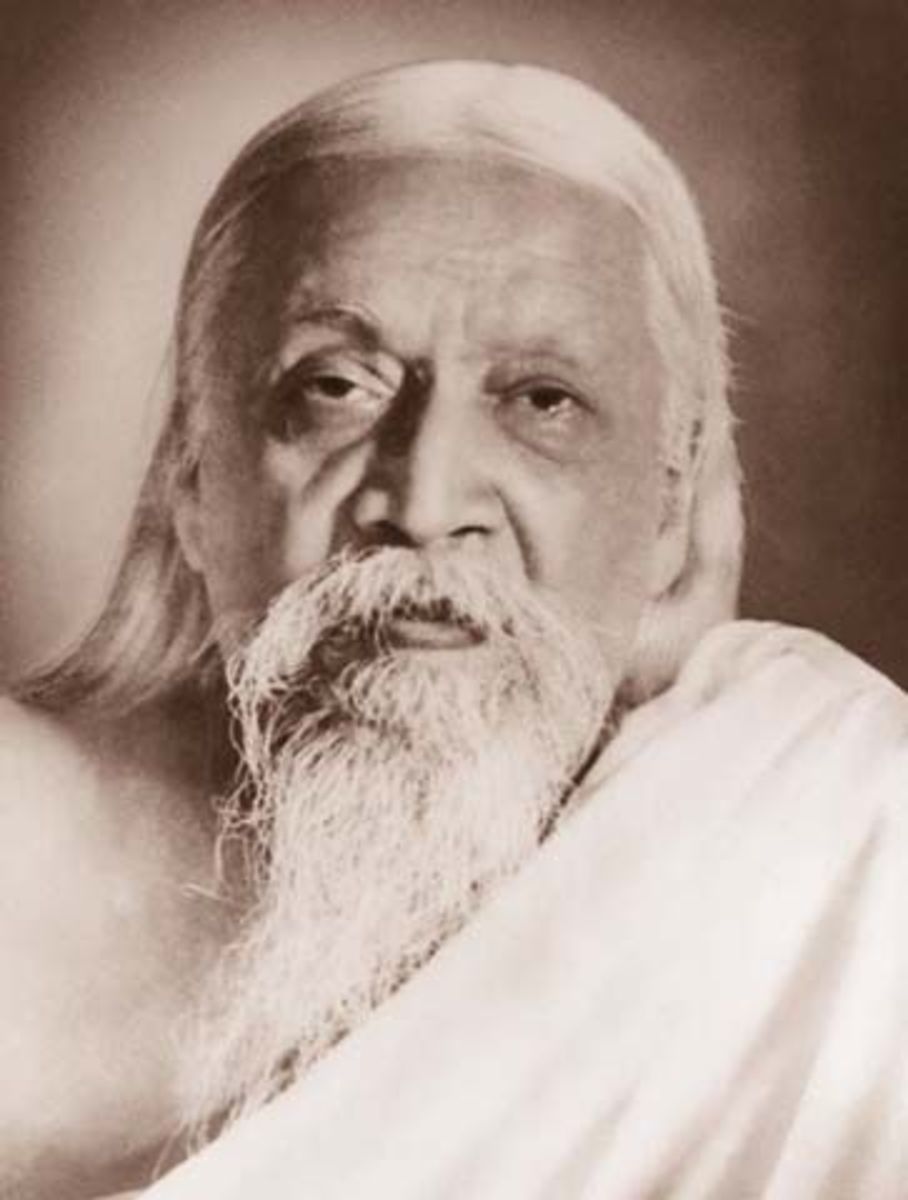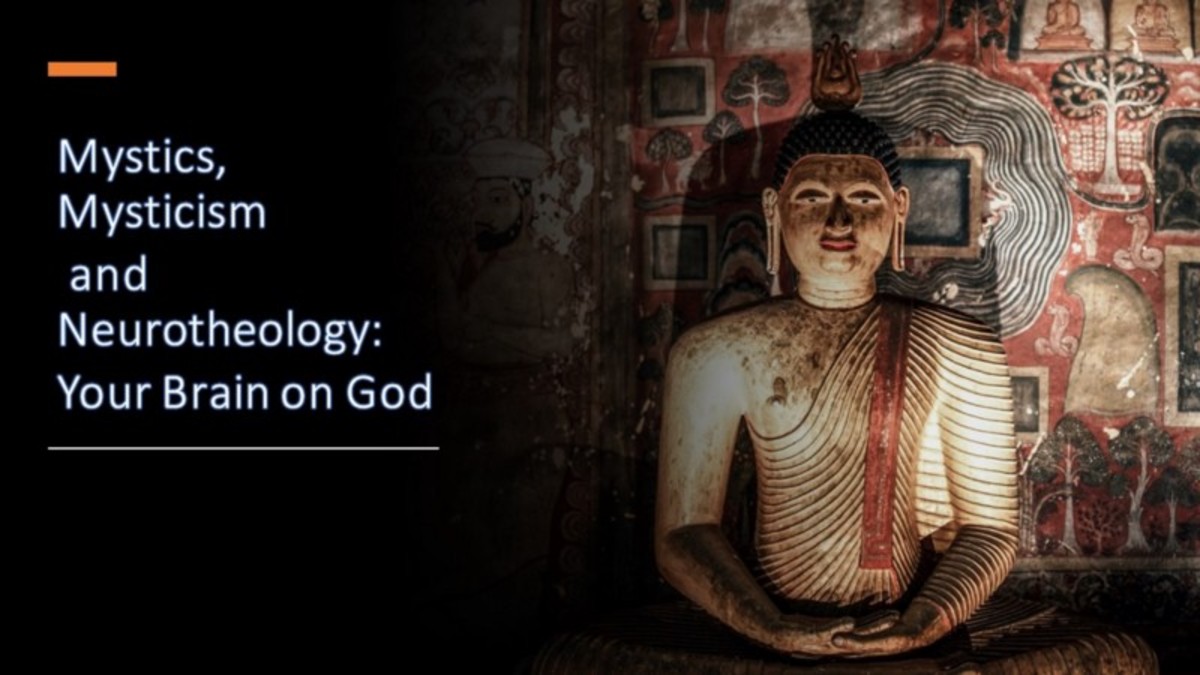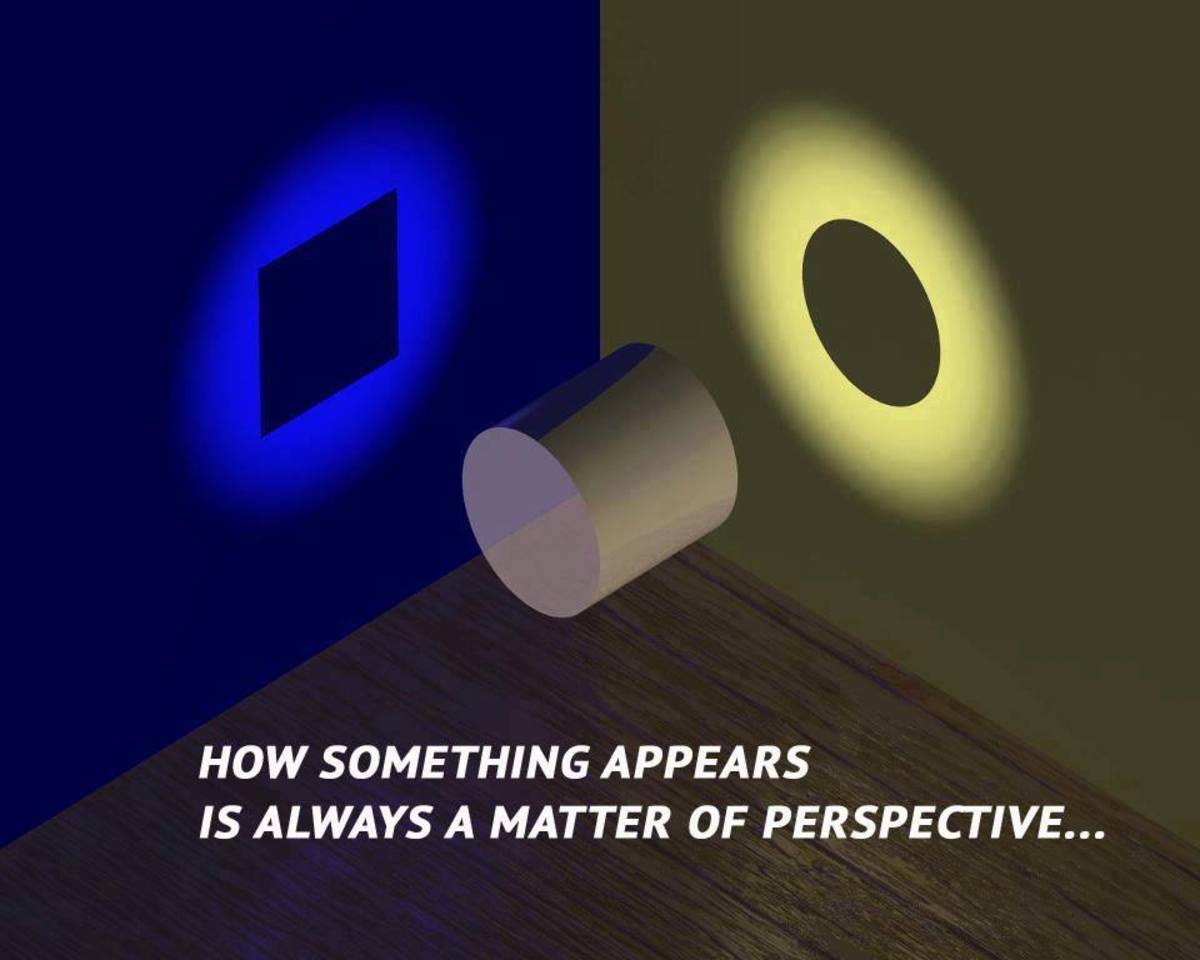Eastern Philosophy and Christian Mysticism
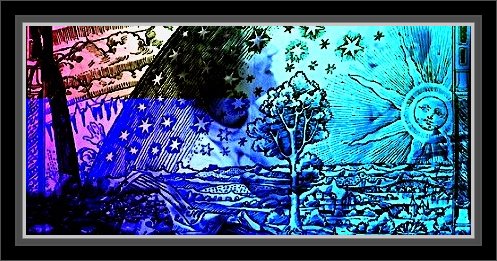

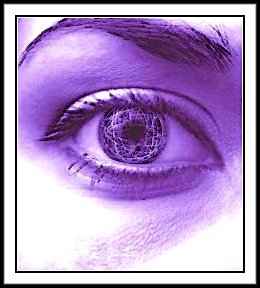
Cosmic Consciousness
Many mystics speak of receiving cosmic consciousness or oneness with an all-that-is. Studies in the 17th century concentrated on a number of individuals who were considered to have achieved this cosmic consciousness, such as Gautama the Buddha (c. 563 B.C.E.–c. 483B.C.E.), Jesus Christ (6 B.C.E.–C. 30 C.E.), Paul (?–C. 62 C.E.), Plotinus (205 C.E.–270 C.E.) and so on.
Although many mystics were devoutly sincere many of their concepts and revelations were rooted in pagan, mystical religion, particularly Neo-Platonism. Neoplatonism originated in the 3rd century through the Egyptian philosopher Plotinus, a contemporary of Plato. Plotinus accentuated Plato’s philosophy and transformed it into mystical religion.
Plato taught there is a supreme being from which all others came into existence and the immortality of the human soul. Plotinus taught this supreme being, called “The One,” was not of this physical world, therefore, could not be understood by human reason.
Eventually, Neoplatonism became very popular and many Christians attempted to incorporate it into their various denominations.

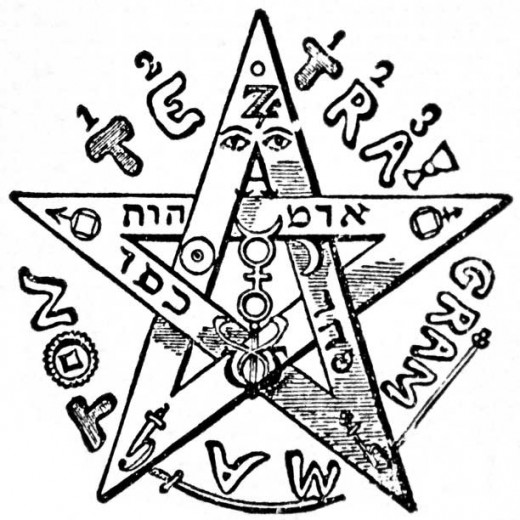
Dyonisius the Elder
In the 6th century, a neoplatonic minded Christian, Dyonisius the Elder, wrote on mystical contemplation. By doing so, he claimed it was the work of one of Paul’s earliest disciples. The sham worked thereby, gaining acceptance in the medieval church. It wasn’t until the 16th century these writings were questioned by both Protestants and Catholics.
Medieval mysticism was a contrasting reaction to the dull structure of the medieval church. At the same time, evangelical revival groups also emerged for comparable reasons. Revival groups tended to support biblical scripture, whereas the mystics gave allegiance to the pope and institutional church.Therefore, mystics were prone to non-Biblical approaches to spirituality.

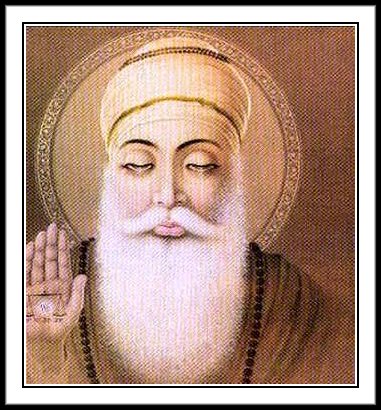
Mystic Experiences
So while some mystic experiences may be genuine, others are no doubt psychic or even demonic. These new “revelations” eclipsed the Gospel and it’s surprising how rarely Christ appeared in any of them.
In any case, during the Middle Ages, Paul’s writings were interpreted using the Dyonisius spin. As a result Paul came to be considered a mystic by the medieval church. Spiritual revelation became more valued than scripture.
Monasteries took on a whole new personality with mysticism encroaching on their domain. A withdrawal from society was advocated while normal daily routines were the ideal. The convent became an ideal place where silent contemplation and mysticism could be practiced.
Another aspect which infiltrated the church was an inordinate preoccupation with suffering. Some mystics, such as Julian of Norwich (1342-ca.1416), a great English mystic, prayed to be deathly sick. The reasoning was that through such suffering one could better identify with Christ’s suffering. Of course, neither Jesus nor Paul taught any such thing.
Jesus, for example, didn’t promote any form of mystical prayer. Neither was there any mention of silence or contemplation. Jesus also didn’t ask his disciples to withdraw from the world. To the contrary he sent them forth to teach the good news.
In April 2001, research conducted at the University of Wales revealed Christians, Muslims, and Jews have had similar mystical experiences in which they describe intense light. Christians most often described the light as an encounter with Jesus or an angel, as did Muslims. Jews perceived it as an experience with God. There are many forms of mysticism connected with major world religions. Mystics who focus upon spirits and the afterlife are also likely to integrate “secret teachings” of ancient brotherhoods and mahatmas.
So, "Mysticism'" can be said to be beliefs and practices going beyond usual devotional forms of worship often by engaging in spiritual practices such as breathing, prayer and meditation, sometimes adding chants or other activities to enhance spiritual awareness.
Mystics often focus on the afterlife, which many times conflicts with mainstream religious doctrines. Teachings are passed down from teacher to student. Some teachers require strict obedience to their teacher while others wait until students are considered ready. Sometimes a teacher is only a guide. And many forms of mysticism may even steal and combine texts from entirely different faiths.
Mystics see the world differently. They often use words and phrases which are confusing, vague and having subtle meanings understood only by the enlightened.
The late 1800’s saw an increased popularity of mysticism in the West which then combined with facets of the occult and other Eastern philosophies. These later became associated with the New Age movement.



